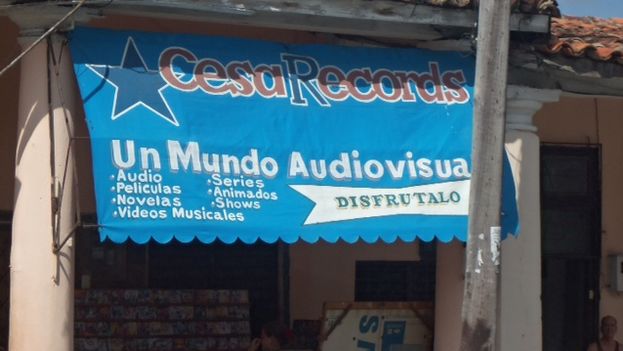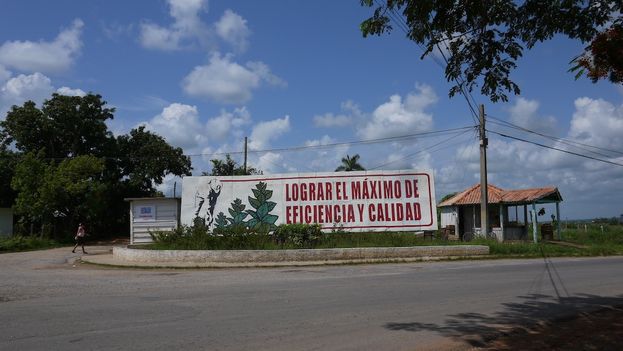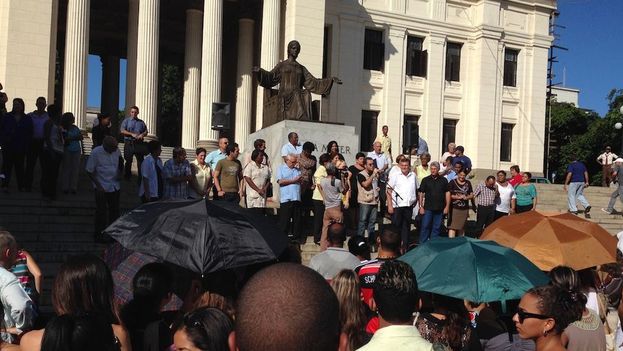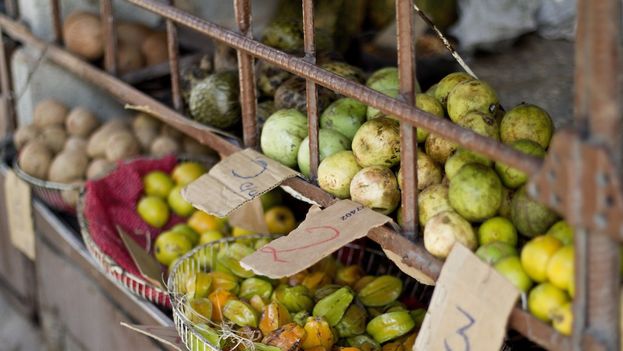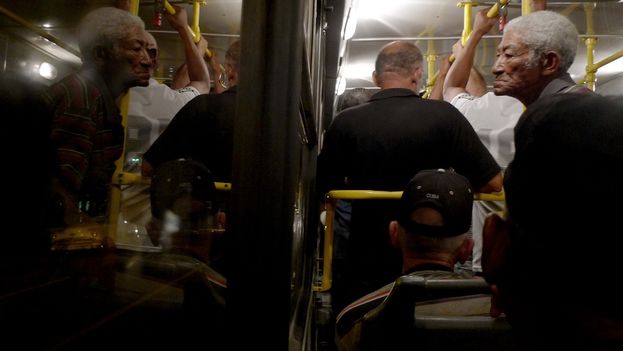
14ymedio, Orlando Palma, Havana, 8 January 2015 – The seizure in 2014 of close to 40 tons of drugs in Cuban ports and airports belies the old official line that for decades presented narco-trafficking as a foreign phenomenon, a characteristic of the “corrupt capitalist world.” The official press boasted that the Island was not used as bridge for the introduction of narcotics into other countries.
Nevertheless, as early as the nineties, some academic studies and journalistic reports began to speak in more realistic terms about national addiction and consumption of prohibited substances. continue reading
Last October Cuban television’s Primetime News published a report from Jose Marti International Airport in which the techniques used by customs to detect the entry of drugs were demonstrated and in which it reported the discovery of at least 40 cases of intent to traffic drugs through the border through mid-October.
The report came out days after the independent press echoed a study published by Customs of the Republic that showed the case of a passenger who transferred to the Island “a certain quantity of drug in an ingested form which was destined for the domestic consumption market.” That brief phrase focused attention on the existence of two problems within Cuba: domestic consumption and the use of “mules” for transport of the substances.
The Customs report, prepared by Moraima Rodriguez Nuviola, chief of the Department of Analysis for that agency, adds other figures. Between January and November 2014, the system for confronting drugs on the border discovered through air, sea and postal channels 38,843 kilograms of drugs, among them 36,587 of cocaine, 2,224 of marijuana and 32 of cannabinoids.
Customs now has 110 dog units trained to find not only explosives but also drugs.
Modern X-ray equipment for the Mariel port, together with other technical means of control have been installed or will be installed soon in all of the country’s international airports. Among them the internal body scan, which is used to find out if a person has ingested drugs and the external body scan to see if there is contraband attached to the body.
Official recognition of the existence of a domestic market for the consumption of drugs has been reflected on official television through signals such as the appearance of a message announcing a telephone help line for addicts and the introduction into scripts of cases brought against networks that distribute crack cocaine or any other substance. Counseling programs have begun to include advice for family members who live with addicts.
Increased tourism and the new economic capacity of some population sectors would be the main causes for the presumed increase in consumption of drugs. Meanwhile, the new official discourse suggests that, to the extent that the country now is looking like the rest of the world, these phenomena are inevitable.
After the announcement of the re-establishment of diplomatic relations between Washington and Havana, the fight to stop drug trafficking could become another area of cooperation between the two countries, since the Island, in contrast with the majority of its neighbors, is not an important point in the circulation of narcotics.
“I do not believe that the Cuban government wants to be a drug trafficking center,” Barry McCaffrey, a White House anti-drug official during the Clinton administration, has said in statements to The Washington Post. McCaffrey has said that there has already been “all kinds of communication between the US and the Island” in this area, although it was not “perfect cooperation.”
Translated by MLK

